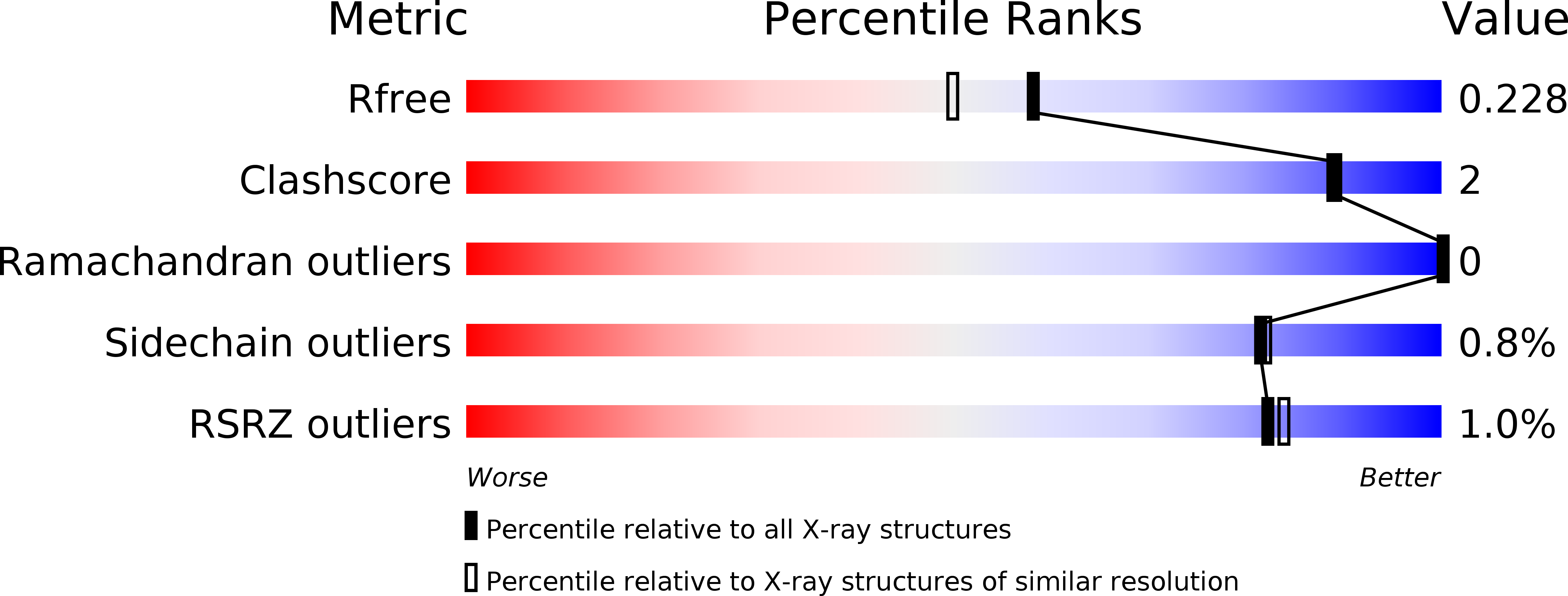
Deposition Date
2019-02-15
Release Date
2019-11-06
Last Version Date
2024-05-15
Entry Detail
PDB ID:
6QPT
Keywords:
Title:
Crystal structure of nitrite bound synthetic core domain of nitrite reductase from Ralstonia pickettii (residues 1-331)
Biological Source:
Source Organism:
Ralstonia pickettii (Taxon ID: 329)
Method Details:
Experimental Method:
Resolution:
1.90 Å
R-Value Free:
0.22
R-Value Work:
0.17
R-Value Observed:
0.18
Space Group:
C 2 2 21


